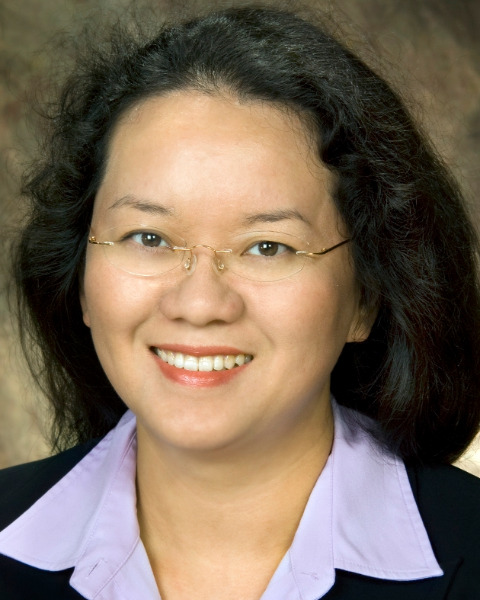Adult Diagnostic (AD)
(PP1612) The Efficacy of a Free iOS Hearing Test App

King Chung, PhD
Professor, Program Director for ASHA Accreditation
Northern Illinois University, United States
Jessica Tremper, Audiology Student
Student Researcher
Northern Illinois University
Sycamore, Illinois, United States
Krupa Patel, Audiology Student
Student Researcher
Northern Illinois University
Hoffman estates, Illinois, United States
Lead Presenter(s)
Contributor(s)
A free hearing test app was created to facilitate hearing loss identification around the world. Young, mature, and older adults were recruited to participate in the study. The insert earphones the app and the audiometers were calibrated. Participants’ hearing sensitivity was tested using the app and audiometers in offices or activity rooms of nursing homes. Results indicate 96.1%, 96.2%, and 91% of the thresholds agreed within +/-5 dB and 100%, 98.4%, and 93.6% within +/-10 dB for the young, mature, and older adults, respectively. The app can be a viable alternative to clinical audiometers for screening the hearing of adults.
Summary:
Rationale/
Purpose: As a commitment to facilitate hearing loss identification around the world, the presenter’s research team has created an iOS app that can be used with various insert earphones to be used in the field. Instead of charging users, we have made the app available for free in the Apple Store.
Methods:
The app is
< !1. Portable – the auto test is implemented on iPads and transferrable to other Apple products < ! 2. Inexpensive – free to users, < ! 3. Easy to use – adult patients will be presented with 2 flashing geometric shapes in sequence and they will tap the shape associated with 3 beeping tones. This is users friendly to older adults who might have lost the sensitivity of their finger tips. < !4. Frequency-specific – The test frequencies are from 250-8000 Hz, including octave and inter-octave frequencies < !5. Attractive interface – Each frequency has a different geometric shape with different colors to cue the participants of changing stimuli and when the sounds are presented. A repeat button also allow them to listen to trials again, if desired. < ! 6. Malingering detection – For each trial, the patient will have 3 choices: top or bottom animal/shape and “No Sound.” The probability for correct response by random choice is only 33.3%. < !7. No left/right confusion – The shapes/animals are arranged vertically < !8. Build-in calibration for different earphones – The program has a calibration page. As iPads put out the standard amount of output at different frequencies, different transducers can be pre-calibrated with their own correction factors so that the examiner can change the type of transducers as needed < 9. Good noise tolerance – the iPads are currently calibrated using insert earphones. The sound delivery pieces have foam tips which are made of the same material used for hearing protectors. This feature would allow hearing screening in quiet rooms instead of specially build sound proof rooms. Three groups of adults ages between 18-45 (young, average=30.9 years , N=20), 46-64 (mature, average=53.9 years, N=28), and 65-100 years (older, average=83.8 years, N=56) were recruited to participate in the study. Besides hearing thresholds, otoscopy, tympanometry, otoacoustic emissions, and Mini-mental State Evaluation were tested to test the functions of different parts of participants’ hearing system. Results and Conclusion
A variation of +/-5 dB is considered as clinically acceptable and a +/-10 dB is considered as acceptable in field testing conditions. The hearing thresholds obtained by the app is highly in agreement with those obtained using standard audiometry in general. For older adults, we found that adults with declined cognitive functions generated larger threshold differences between the app and standard audiometry. Overall, the app can correctly classify the degree of hearing loss for older adults 91% of the time using 4-frequency pure tone averages (i.e., average of 500, 1000, 2000, and 4000 Hz). The app is a viable alternative to audiometers for testing in the field, in general. Caution must be exercised when testing older adults with declined cognitive functions.Learning Objectives:
